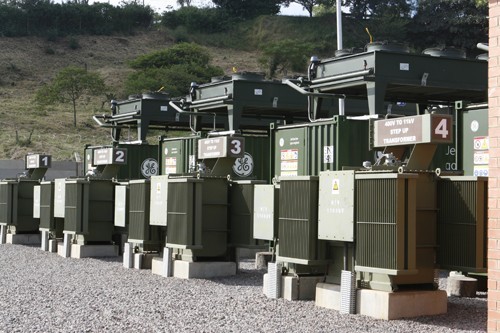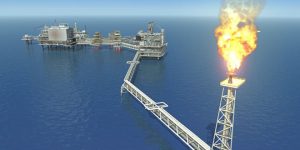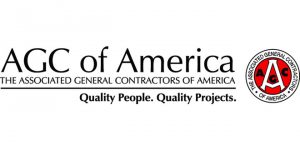Project Spotlight: The Durban Landfill Gas To Electricity Project
For several years, South Africa has battled with its high emissions of greenhouse gases (GHG). The country has an abundance of coal reserves, which it relies on heavily for energy. Another major contributor of GHG is the industrial sector which is fundamental in the country’s economic activities. The government of South Africa went on to map a renewable energy strategy which included a target of generating more electricity from renewable source. Landfills are the most used solution in South Africa to get rid of wastes. Each year a million tons of residential and industrial wastes are dropped in landfills. The eThekwini Metropolitan Area (EMA), South Africa’s 2nd largest municipality, produced over 1.8 million tons of waste in a year. These landfills contributed to 4% of the South African GHG emissions. The Municipality then decided to reduce the landfills impact on global warming by implementing innovative technologies. This led to the registration of the first Landfill Gas to Electricity project in Africa.

How the project works
The composition of the gases released from refuse in landfill sites includes 50-60% methane gas, 50- 40% carbon dioxide and a small percentage of non-methane organic compounds. While the methane gas has a high global warming potential, it can be converted into an energy source. It has a high energy clean burning gas and is suitable for generating electricity.
Engineers working on the site mapped out a plan on how to successfully carry out this project. First, they extracted the gases from the landfill through extraction wells and a centrifugal blower. The gas was then transported through pipes and transported from the wells to an extraction plant. At the extraction plant, the gases were burned in 20 cylinder spark ignition engines. The burning of the methane component drove a generator that produced electricity. The resulting electricity was then fed into the regional grid.
The Landfills
The Durban Landfill Gas to Electricity Project is composed of two landfills: the Mariannhill landfill and the Bisasar Landfill.
Situated in the inner west region of the municipality, the Mariannhill site has been in operation since 1997. It is surrounded by residential areas and forestry. Enclosed with security fencing and lockable gates, the incoming waste is regulated and recorded by a system of weighbridges. The pilot landfill, it consists of a single 1MW engine. It has 13 vertical wells and 6 horizontal wells but will expand as more waste is deposited. Though only one engine is being utilized, there is capacity for a second engine to be installed. Mariannhill takes in 450 tons of refuse per day peaking at around 700 tons.
Opened in May 1980, the Bisasar Landfill is situated in the Springfield district in the Central Region and is surrounded by both formal and informal residential housing and industries. It is one of the largest landfill sites in South Africa and has 77 vertical wells and 77 horizontal wells. It also has six 1MW and one 0.5MW engines. It takes in 3500 tons of refuse per day which can peak to 5000 tons. All waste that comes in is recorded by means of software developed in-house. Three 60-ton weighbridges have also been installed.
While the municipality already used to collect the methane due to the unpleasant smells it emitted, this project improves the collection of methane in order to increase the proportion of gas collected. Furthermore, the semi-tropical climate characterizing Durban is favorable to the methane emission. The eThekwini municipality buys all the electricity produced and distributes it to users. It is anticipated that up to 7.7 million tons of certified emission reductions (CER) could be realized by this project.
The impact of the project
The Durban Landfill Gas to Electricity project was the first one eligible for the Clean Development Mechanism in the framework of the Kyoto protocol in South Africa. While the primary focus of the project is to generate electricity; this may not present an economically attractive investment opportunity because of the low cost of electricity in the country. Therefore the feasibility of the project will be determined by the sale of carbon credits.
The project was also dubbed as one of the top 100 urban innovative projects in the world by KPMG. The Durban Landfill Gas to Electricity Project promises to see other similar initiatives started around the continent, which would be beneficial for the power crisis faced in most African countries.


